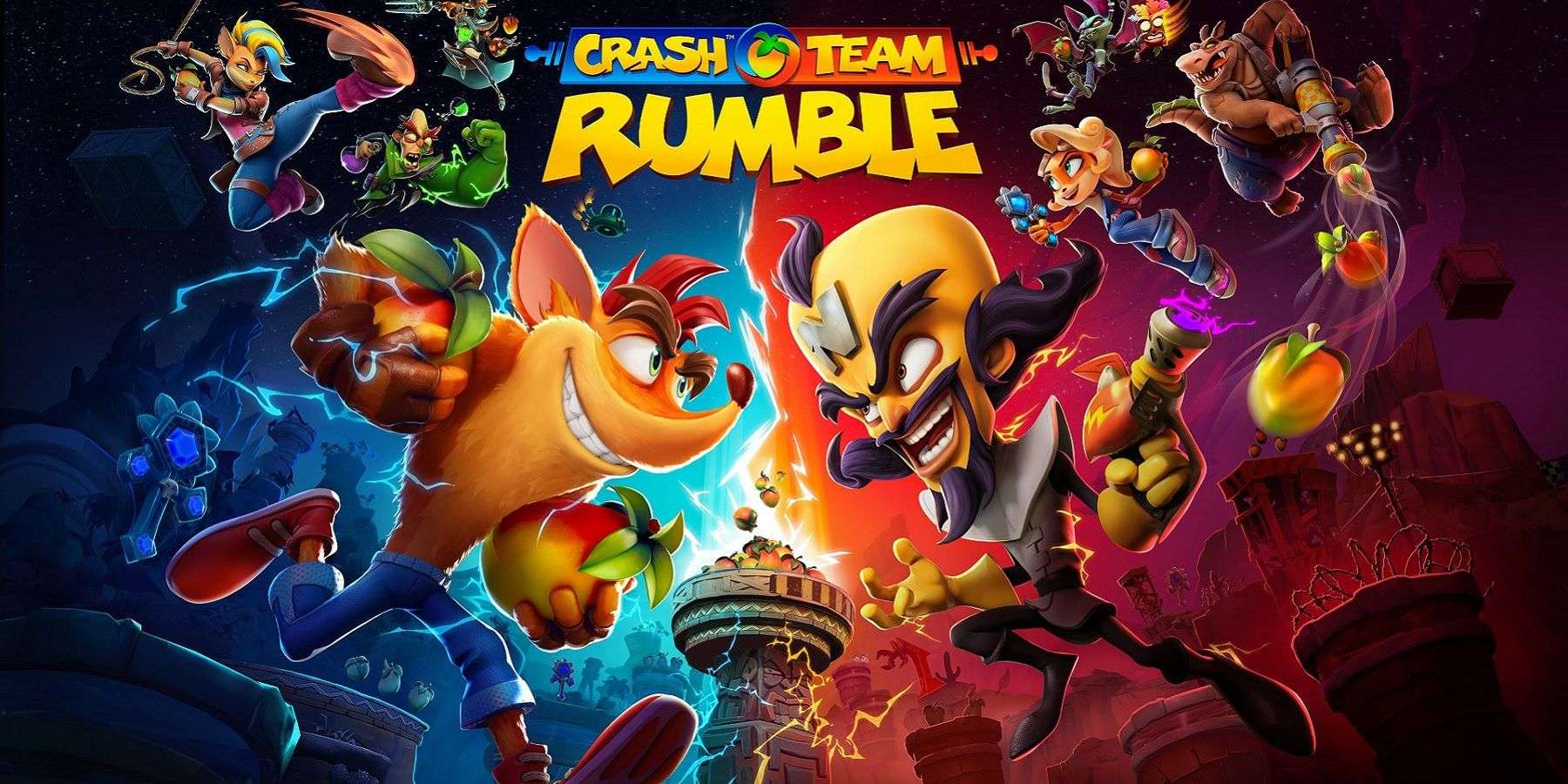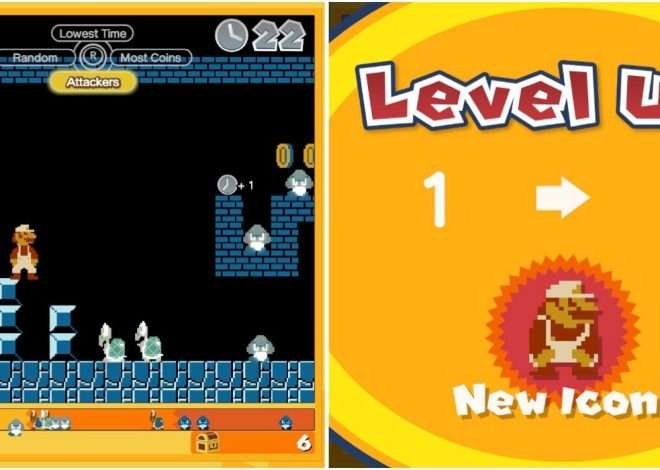
Call of Duty’s Influence on Crash Team Rumble: A Surprising Connection
The gaming landscape is constantly evolving, with developers drawing inspiration from various sources to create unique and engaging experiences; One intriguing example of this cross-pollination is the influence of the juggernaut franchise, Call of Duty, on the development of Crash Team Rumble. While seemingly disparate genres, the developers at Toys for Bob have openly discussed how certain design philosophies and gameplay mechanics, honed over years of Call of Duty iterations, helped shape and refine the multiplayer experience in their latest title. This article delves into the specific ways Call of Duty’s legacy has impacted Crash Team Rumble, resulting in a more polished, competitive, and ultimately enjoyable game for players of all skill levels.
Understanding the Core Mechanics of Crash Team Rumble
Before exploring Call of Duty’s influence, it’s essential to understand the fundamental gameplay loop of Crash Team Rumble. Unlike traditional Crash Bandicoot platformers, Rumble is a 4v4 team-based multiplayer game where the objective is to collect Wumpa fruit and deposit it into your team’s bank. Each character possesses unique abilities and roles, contributing to a strategic and dynamic gameplay experience. The maps are cleverly designed with various platforms, obstacles, and power-ups, adding layers of complexity and requiring players to coordinate and adapt to the ever-changing circumstances.
The Importance of Character Roles and Team Composition
The success of a team in Crash Team Rumble hinges on effective communication and a balanced team composition. Each character falls into one of several roles, such as:
- Scorer: Focused on collecting and banking Wumpa fruit.
- Blocker: Disrupts the opposing team and defends their own bank.
- Booster: Enhances the team’s abilities and provides support.
- Hunter: Pursues and eliminates enemy players.
Choosing the right combination of roles and coordinating strategies is crucial for victory. A team with too many scorers and not enough blockers might struggle to defend their bank, while a team with too many hunters might neglect the crucial task of Wumpa collection. This emphasis on teamwork and strategic decision-making is one area where Call of Duty’s influence becomes apparent.
Call of Duty’s Impact: Refinements in Gameplay and Design
While the core gameplay of Crash Team Rumble is unique, the developers at Toys for Bob have acknowledged drawing inspiration from Call of Duty in several key areas, particularly regarding player engagement, progression systems, and the overall flow of the game.
Minimizing Downtime and Maximizing Engagement
One of the core principles of Call of Duty’s multiplayer design is minimizing downtime and maximizing player engagement. This translates to fast-paced action, quick respawn times, and constant opportunities for interaction. Crash Team Rumble adopts a similar philosophy. When a player is defeated, they quickly respawn back into the action, ensuring that they are always contributing to the team’s efforts. The maps are designed to encourage constant movement and engagement, with multiple routes and strategic points to control.
Furthermore, the game’s objective-based nature ensures that players are always focused on a specific goal, preventing aimless wandering and promoting teamwork. This focus on constant engagement helps to maintain a high level of excitement and prevents players from becoming bored or disengaged.
Progression Systems and Player Retention
Call of Duty is renowned for its robust progression systems, which provide players with a sense of accomplishment and incentivize them to keep playing. These systems often include:
- Leveling up: Gaining experience points to unlock new characters, abilities, and customization options.
- Challenges: Completing specific tasks to earn rewards and progress.
- Battle Passes: Earning cosmetic items and other rewards by completing challenges and playing regularly.
Crash Team Rumble incorporates similar progression systems to keep players engaged. Players earn experience points by playing matches, which allows them to level up their characters and unlock new abilities. The game also features daily and weekly challenges that provide additional rewards and encourage players to experiment with different characters and strategies. The inclusion of a seasonal Battle Pass further enhances player retention by providing a steady stream of cosmetic items and other rewards.
Map Design and Flow: Guiding the Action
Call of Duty’s map design is carefully crafted to promote specific gameplay styles and encourage strategic movement. Maps often feature choke points, flanking routes, and vantage points that players can use to their advantage. While Crash Team Rumble’s maps are significantly different in terms of aesthetic and layout, they share a similar focus on promoting strategic movement and creating dynamic encounters.
The maps in Crash Team Rumble are designed with multiple routes and platforms, allowing players to navigate the environment in a variety of ways. Strategic power-up locations and control points further influence player movement and create opportunities for ambushes and coordinated attacks. This emphasis on map awareness and strategic positioning adds another layer of depth to the gameplay and rewards players who can effectively utilize the environment to their advantage.
Specific Gameplay Elements Influenced by Call of Duty
Beyond the overarching design philosophies, certain specific gameplay elements in Crash Team Rumble bear a striking resemblance to features found in Call of Duty.
The “Revive” Mechanic and Team Support
While not a direct copy, the concept of reviving fallen teammates in Call of Duty, particularly in modes like Search and Destroy or Team Deathmatch, has subtly influenced the team-based support mechanics in Crash Team Rumble. While there isn’t a direct “revive” action, certain characters possess abilities that can heal teammates, provide shields, or otherwise support them in combat. This emphasis on supporting your team and keeping them alive is a core element of both games, encouraging players to work together and prioritize the well-being of their allies.
Predictable, Yet Varied Power-Up Locations
The strategic placement of power-ups in Crash Team Rumble mirrors the design of item and power weapon spawns in Call of Duty. While the power-ups themselves are unique and themed around the Crash Bandicoot universe, their locations are often predictable, encouraging players to contest these areas and control key zones on the map. However, the variety of power-ups available and the timing of their respawns introduce an element of randomness, preventing gameplay from becoming too predictable and rewarding players who can adapt to the ever-changing circumstances.
Clear Visual Communication and User Interface
Call of Duty has always prioritized clear visual communication and a user-friendly interface. Important information, such as enemy positions, objective markers, and teammate status, is clearly displayed on the screen, allowing players to quickly assess the situation and make informed decisions. Crash Team Rumble follows a similar approach, with a clean and intuitive user interface that provides players with all the necessary information without cluttering the screen. This clear communication is crucial for effective teamwork and strategic decision-making.
The Benefits of Call of Duty’s Influence
The influence of Call of Duty on Crash Team Rumble has ultimately resulted in a more polished, engaging, and competitive multiplayer experience. By adopting certain design philosophies and gameplay mechanics, Toys for Bob has created a game that is both accessible to casual players and challenging for competitive players.
Improved Player Engagement and Retention
The fast-paced action, quick respawn times, and robust progression systems all contribute to improved player engagement and retention. Players are constantly involved in the action and are always working towards a specific goal. The consistent stream of rewards and unlockables keeps players motivated and incentivizes them to keep playing.
Enhanced Teamwork and Strategic Depth
The emphasis on character roles, strategic map design, and team-based support mechanics enhances teamwork and strategic depth. Players are encouraged to communicate with each other, coordinate their actions, and adapt to the ever-changing circumstances. This creates a more rewarding and challenging gameplay experience.
A More Polished and Refined Experience
By drawing inspiration from Call of Duty, Toys for Bob has been able to avoid common pitfalls and create a more polished and refined multiplayer experience. The game feels responsive, balanced, and fair. The user interface is intuitive and easy to navigate. These small details all contribute to a more enjoyable and immersive gameplay experience.



